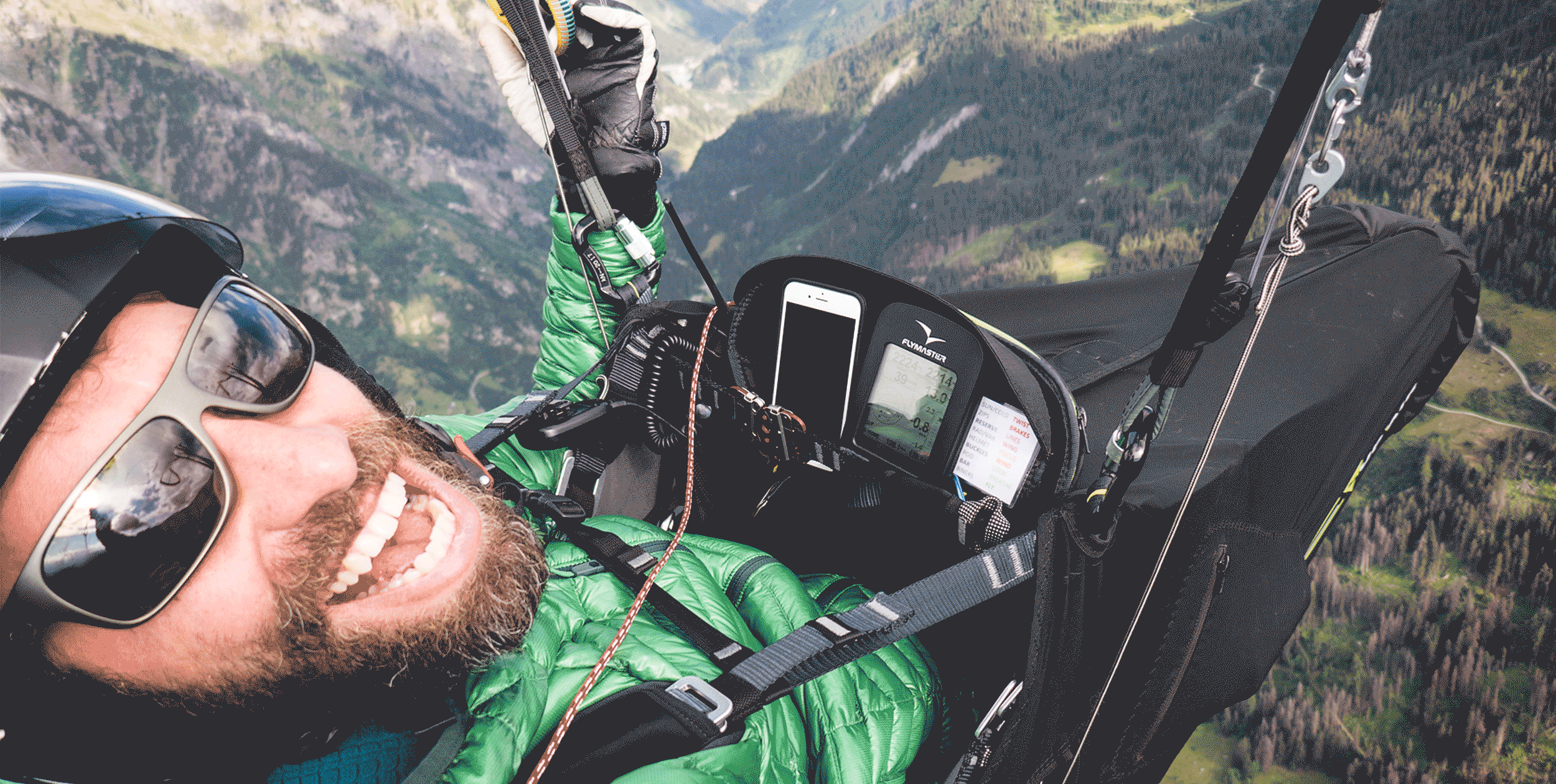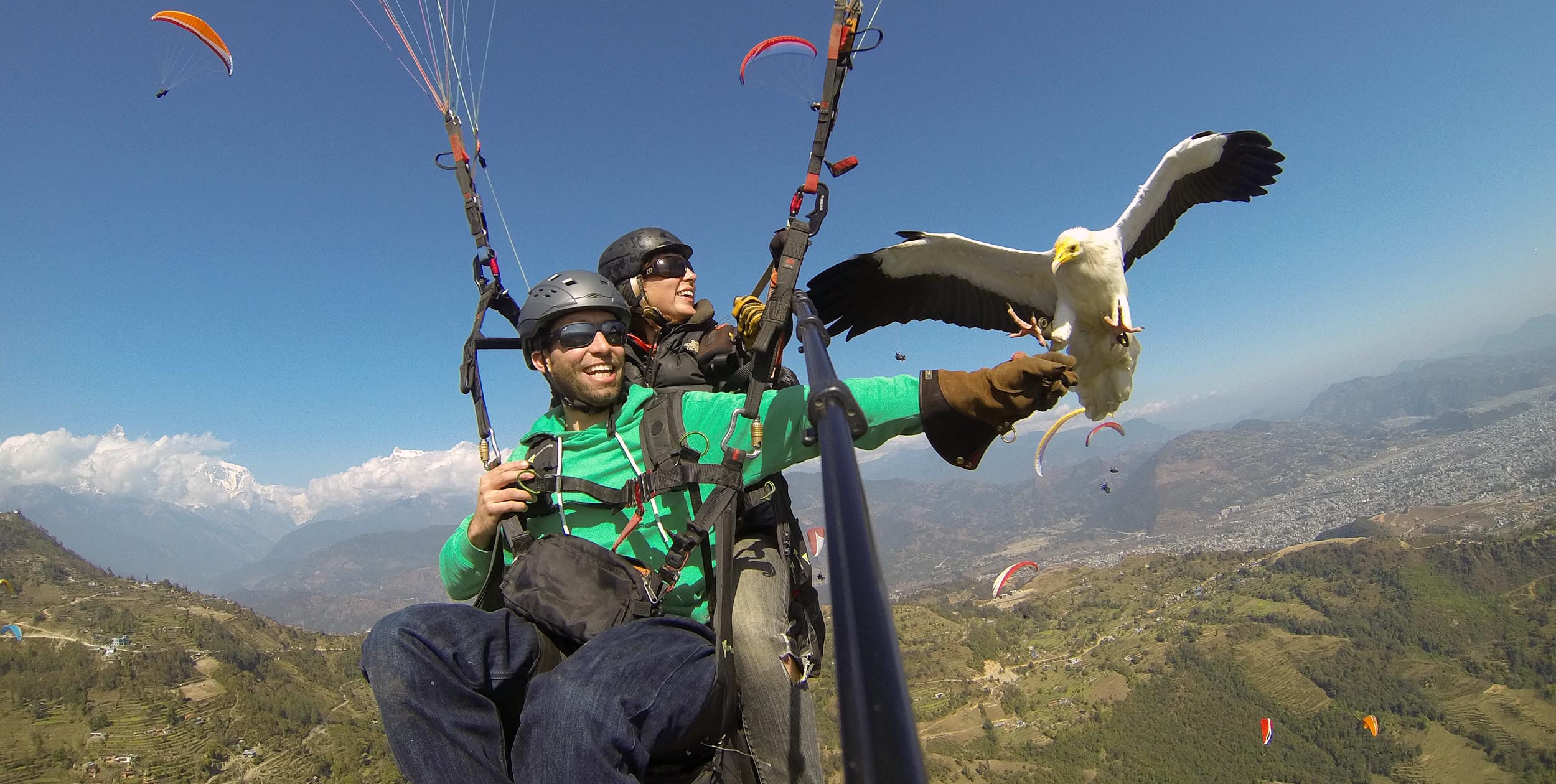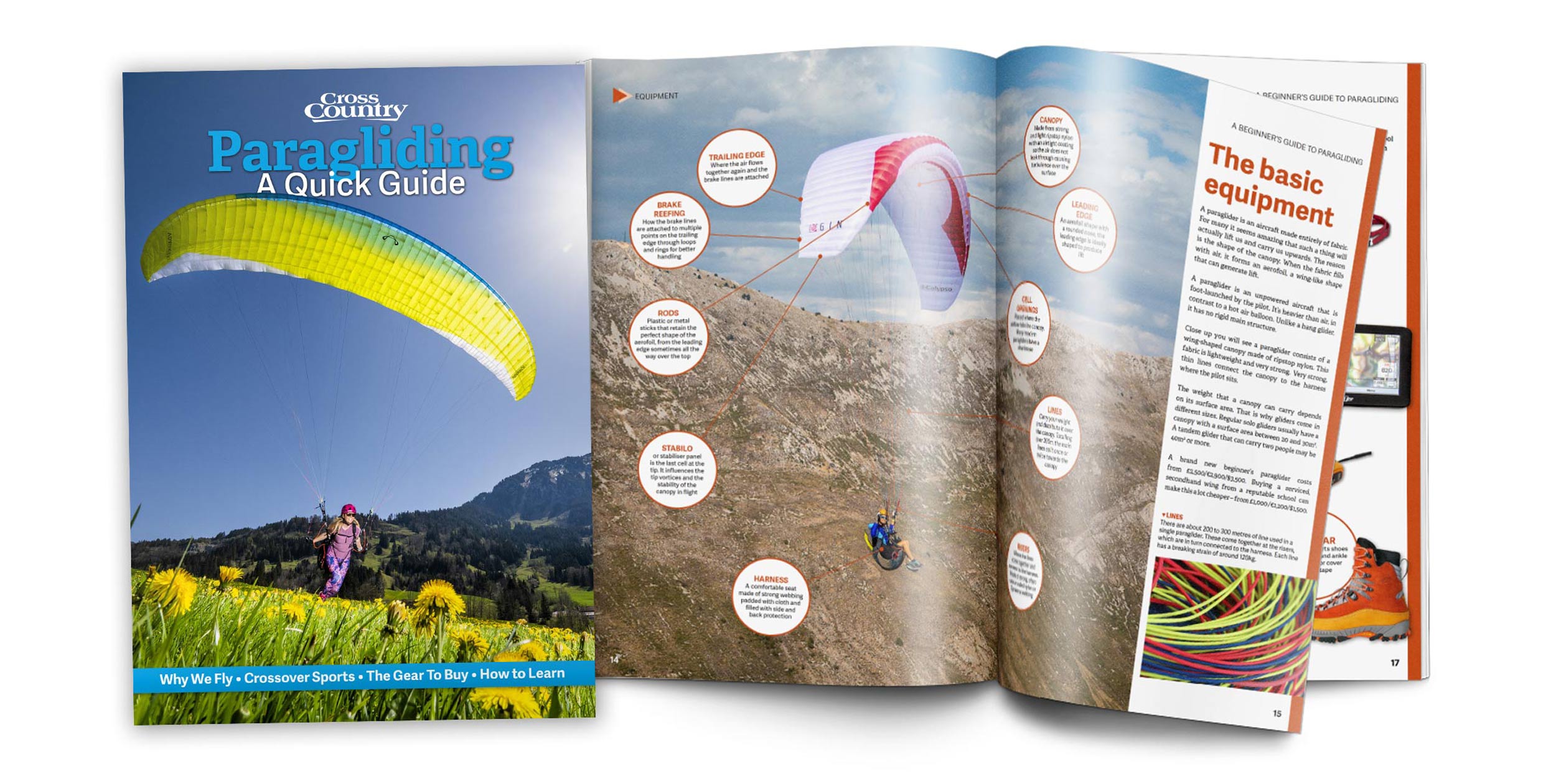The first people to a free-flight incident are generally fellow pilots. Dr Matt Wilkes explains the essential steps we can take as a team to increase the chances of survival.
The places we fly are often wild or remote and as a result it can take a while for help to arrive. So having a good knowledge of what to do, or at least how to make things as safe as possible, is important.
If you have done first aid courses you will have come across the idea of the chain of survival. That is, the idea that if somebody has a heart attack, you do CPR, you get a defibrillator, you call for an ambulance and the ambulance gets the patient to hospital. By keeping that chain complete, you can help somebody go from death to survival.
There is a chain of survival in flying incidents as well. The first step is establishing a functional team. The second is finding the injured person, getting to them, securing them and arranging help. There are then three actions to do immediately: opening the airway, controlling bleeding (including stabilising the pelvis) and protecting the casualty from the environment. If time allows, you can offer pain relief, splinting any fractures or sprains. There is a lot there, so let’s focus first on step one: establishing a functional team.
Establishing a team
How do you establish a functional team quickly? An accident scene can be overwhelming, but it often seems to go through three phases. First everyone’s a bit taken aback – there has been an accident and everything has changed. Second, everyone rushes up to the casualty. There’s a bit of a huddle and hopefully, finally, a team and a coherent plan of action emerges.
That can all take a while, so the shorter we can make the process, the sooner we can start helping our friend. Establishing a functional team means assigning clear roles, that can work together on a shared mental model with a common goal in the best interests of the casualty and rescuers.
Coordination
There are two key aspects, leadership and followership. I prefer the term ‘coordinator’ to leader, as it’s less emotionally charged. What we want is someone to step up and say, “I’ll coordinate this situation”. It’s a brave thing to do, but it’s essential.
The coordinator doesn’t necessarily have to be the person with the most medical knowledge. In fact, usually it’s best if the person with medical knowledge is looking after the casualty directly and the person who’s coordinating stands back to see the bigger picture.
Followers
The best way to help the coordinator is to be a good follower. What does that mean? It means somebody who is quiet when they need to be quiet, and talks when they need to talk. Someone who, when they’re given a task like, “Can you go and call for help?” doesn’t just say “Yes!” because they want to be helpful but then later realises they don’t have a phone or know where they are.
Instead they think whether they can do what is asked, then say, “Yes, I will go and call for help,” goes off and does it and then comes back to confirm that “help is on its way, the helicopter will be 30 minutes”, closing the loop of communication.
This helps preserve the coordinator’s bandwidth and understanding of the progress of the rescue.
Acting as a team
If you have good leadership and good followership, then everybody ends up on a shared train of thought. Everybody knows where the situation is going. This isn’t easy.
In a hospital resuscitation room or a Formula One pit team everyone has their pre-assigned roles and everyone’s got a shared language in which to communicate.
Creating a functional team quickly from a standing start on a windy hillside is difficult. The best way to practise it is simulation. If you have a group of regular flying buddies think about how you can practise to develop your skills together. If you can’t fly for a few hours, then say, OK, let’s think about what would happen if someone crashed here. Who would we call? What resources do we have? How would we work together?
By running impromptu sessions like that you will learn a lot about yourself and your fellow pilots – and perhaps also one day help save a life. Remember, there is always something you can do.
Dr Matt Wilkes is a paraglider pilot and adventure medic. An experienced expedition doctor he founded the Free Flight Physiology Project and is on the BHPA Flying Safety Committee (UK). First published in Cross Country 244 (October 2023)
MASTERCLASS
Dr Matt Wilkes’s Science of Safety Masterclass is packed full of practical tips.








